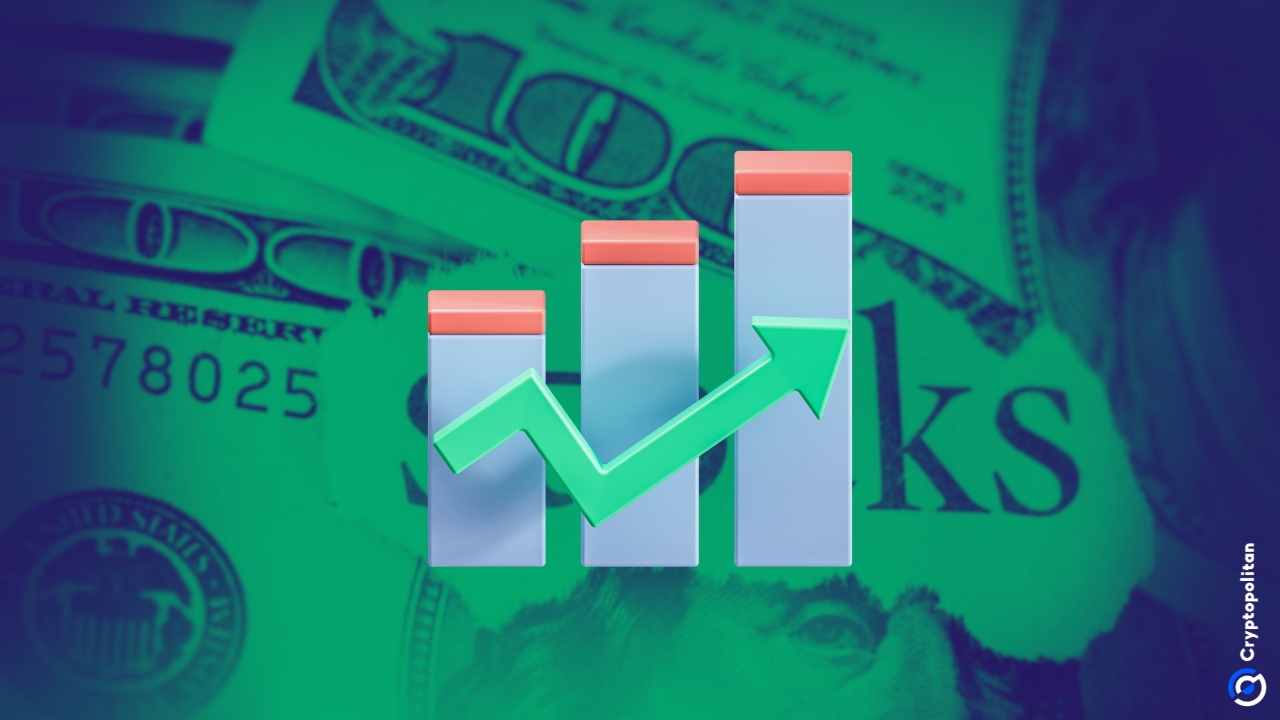The U.S. stock market is now worth $63.8 trillion. In 2024, a year that defied expectations, the market added over $10 trillion in value. Think about it: that’s more than the combined GDP of many major economies.
Over the past four and a half years, the market’s capitalization has doubled. Meanwhile, the entire stock markets of China, Hong Kong, and Europe combined trail behind by 50%. And let’s not even get started on the fact that the “Magnificent Seven” tech companies alone have a market cap larger than Europe’s entire stock market.
This level of dominance is historic. The S&P 500 is expected to close out 2024 with a 24.3% increase, mirroring last year’s 24.2% rise. Back-to-back years of 20%+ growth? That hasn’t happened since the late 90s. It’s a monster bull run for the history books.
Tech giants push the market to new heights
The “Magnificent Seven” deserve their spotlight. Apple, Microsoft, Nvidia, Tesla, Alphabet, Amazon, and Meta didn’t just lead the charge, they bulldozed the competition. Nvidia, riding the hype of AI advancements, became a Wall Street darling. Its stock price soared to $134.37 by year’s end, with a 30% year-over-year revenue increase.
Tesla was another headline grabber. With a stock price of $404.57, the company shattered records by delivering 500,000 vehicles in Q3 alone. That’s a 20% revenue jump in a single year. Add in its groundbreaking battery tech, and you’ve got investors throwing cash at it like it’s going out of style.
Microsoft? Oh, it had a year. Azure cloud revenue shot through the roof, driving a 25% annual revenue boost. Its stock closed the year at $421.18, making it one of the most reliable players in the tech industry.
Apple didn’t lag behind either. With its iPhones flying off shelves, particularly in emerging markets, its stock closed at $250.21. Alphabet and Amazon rounded out the pack with strong performances in cloud computing, advertising revenue, and e-commerce.
The numbers speak for themselves. Amazon hit $219.27 per share, boosted by a surge in Prime memberships and a 30% growth in AWS revenue. Alphabet? A steady $190.22, thanks to recovering ad spending and a strong Q3.
Indices break records as the economy rebounds
The S&P 500 hit 57 new all-time highs in 2024 alone. By December 31, analysts were already projecting another 10% increase for 2025. But it was the Nasdaq Composite that outshone everything, boasting a 30% annual gain. Smaller indices though were completely left in the dust.
Even the Dow Jones Industrial Average, often considered the more traditional face of the market, held its ground. But the year was also about the U.S. economy showing off its resilience. Businesses adapted to higher interest rates. Consumers kept spending. Inflation is still volatile, but not enough to scare off investors.
The Federal Reserve was part of the party too. Their announcement of just two planned interest rate cuts for 2025 was met with strong, if a bit mixed, reactions. Some investors wanted more aggressive action, but the market kept pushing upward. Corporate profits surged, and companies adapted faster than anyone expected. Bitcoin and stocks crashed though.
Crypto’s champion MicroStrategy
And then there’s MicroStrategy. While most investors stuck to traditional equities, this company doubled down on crypto. By the end of 2024, it had over 444,000 Bitcoins. Its stock (MSTR) surged after President Trump won the election, which made it a standout in a year dominated by tech giants.
In fact, it is currently one of the most-watched stocks this year. Analysts have big hopes for the company. Though after Bitcoin’s price correction, MSTR also tumbled. Its closing price was $289.62. The stock reached its all-time high of $543 on November 20.
MicroStrategy has received a consensus rating categorized as a “buy” from analysts, with a median price target of $1,403.22, a high estimate of $2,890.00, and a low estimate of $400.00.
A Step-By-Step System To Launching Your Web3 Career and Landing High-Paying Crypto Jobs in 90 Days.





